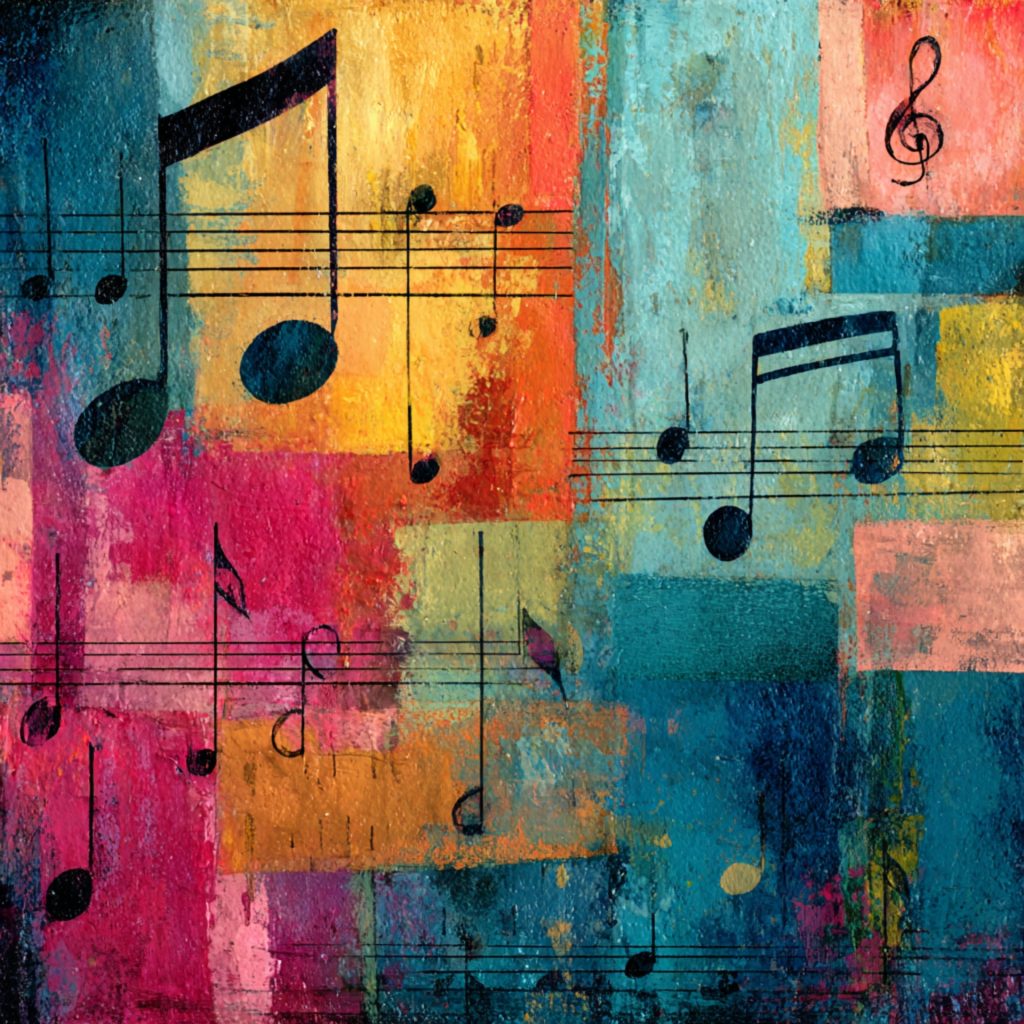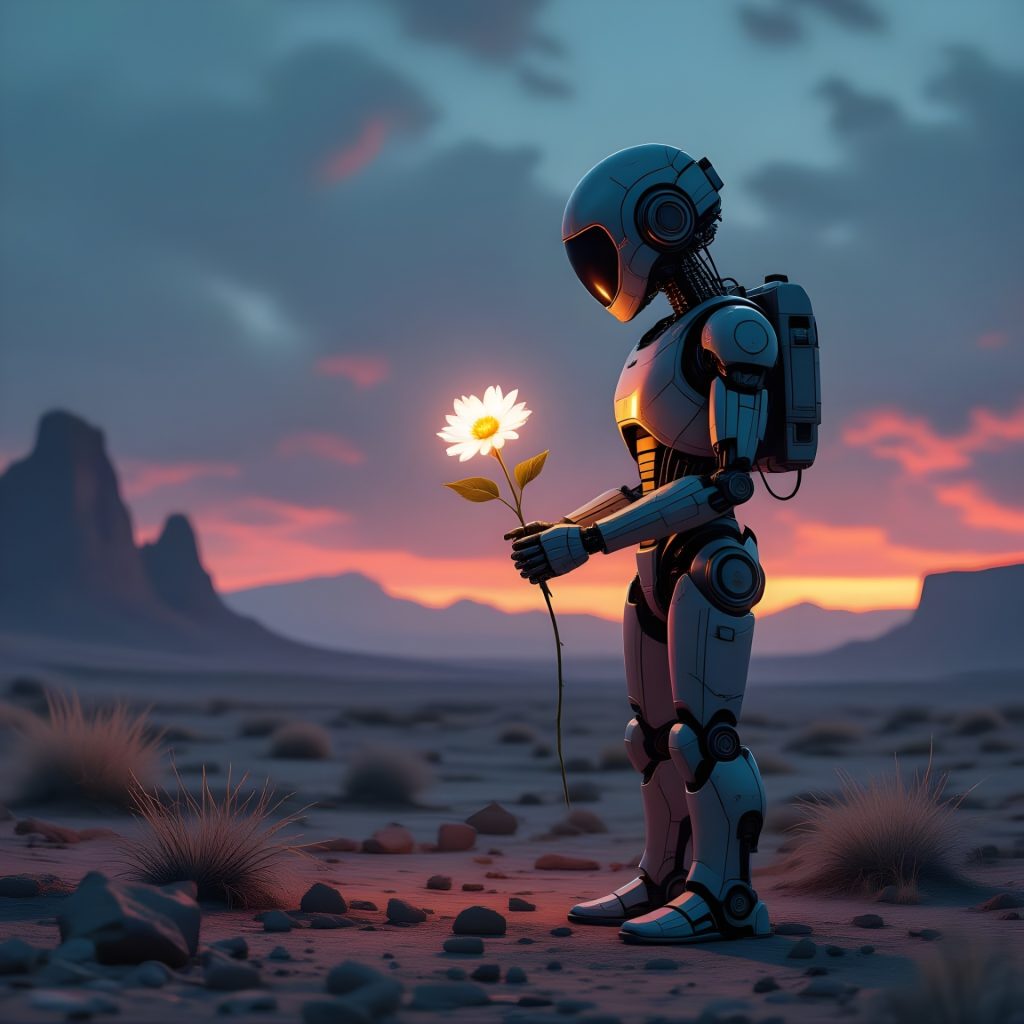Welcome to November’s second issue of Synchronized Chaos Magazine! This month’s issue, Throughlines, contains a wide variety of submissions in a diverse array of styles on many different topics.
That said, there are a few common narrative motifs that emerge and return throughout this issue: pride in and reclaiming of culture, family, parental, and romantic love, artistic craft and creativity, and resilience and determination to achieve one’s dreams.

Olga Levadnaya reflects on how people build new memories and add to the fabric of history in elegant and old cities. Dr. Reda Abdel-Rahim highlights the wonder of the Great Egyptian Museum to showcase history and archaeology. Maftuna Rustamova regales us with her pride in her national Uzbek flag.
We can celebrate and take joy in cultures other than our own. Tourist Anna Keiko poetizes with grace and warmth on the beauty she finds in French society and culture. Maftuna Davlatova traces the development of tourism as an industry in Uzbekistan. Solijonova Dildorakhon outlines methods to improve the service and efficacy of Uzbekistan’s tourism industry.
Jacques Fleury reviews the Boston Center for the Arts’ production of Kim’s Convenience, a play about a Korean immigrant family’s convenience store that speaks to what it means to become a family and how that meaning changes over time.
Rustamova Shakhnoza’s poignant stories celebrate patience, dedication, and intergenerational family love. James Whitehead embraces his American girlfriend while contemplating American vintage art. Izabela Zubko plays in her poetry with love and memory. Royal Rhodes speaks in a reserved, thoughtful manner about memory and nostalgia: trick-or-treating, aging photos and furniture, notable storms.
Nozanin Bahodirova links the Uzbek language and the Uzbek culture, advocating the preservation of both. Zarina Murodova discusses possible roles for technology in language learning. Sevinch Hoshimova outlines advantages and disadvantages of online education and advocates for a balance between screens and traditional classrooms. Tuchiyeva Dilso’z discusses the emerging role of AI technology in student learning. Rayhona Nurdinjonova discusses potential roles for artificial intelligence in foreign language instruction. Kamolova Mashhura compares the possibilities and drawbacks of digital and in-person learning. Sotivoldiyeva Nargiza Shokirjon traces the effects of increased global migration and communications technologies on the field of linguistics. G’ulomova Rukhshona outlines evidence-based teaching methodologies for primary school students to learn their native languages.

Nurmetova Orzu points out the importance of and methods for teaching young children their native language. Dildora Saidjonova explores various methods to learn foreign languages. Khasanova Azizabonu highlights the presence of similar cognate words in English and Uzbek. Maftuna Hayitboyeva outlines the importance of grammar instruction in many different theories of language learning. G’afforova Hadichaxon highlights insights from philosophy that can inform and enhance language learning classrooms. Isaac Aju pays tribute to a special teacher who inspired his studies. Sobirjonova Rayhona pays tribute to a special teacher who possessed compassion and dedication. Jumanazarova Zuxra outlines fresh strategies for teaching language to young children.
Oynur Azimova speaks to the power of literature to inspire emotional resonance and creativity. Faleeha Hassan suggests ways to get beyond initial disinterest to find meaning in seemingly boring novels.
Horror writer Kandy Fontaine puts forth an artist’s manifesto about the complex female characters she creates and how that sets her apart from other writers. Alan Catlin contributes sketches of the soft and vulnerable underbelly of life: refugees, the homeless, bioluminescence, long-disused lighthouses, birds of prey without enough food. Luis Fernando Quiroz captures a witch at the very moment when her powers are interrupted at the break of dawn, revealing character while capturing a bit about the limits of anyone’s power in the face of a complex and cyclical world.
Shahina Olimova honors the poetic legacy of Uzbek writer Alexander Feinberg, who captured the national character and became internationally known. Odina Bahodirova also pays tribute to the legacy of Uzbek poet Alexander Feinberg: his attention to details of craft, his integration of feeling and form, his capturing of ordinary Uzbek life. Journalist Jakhongir Nomozov interviews Azerbaijani writer and academic Vuqar Akhmed about how childhood, patriotism, classic literature, and the methods of scientific research all inspire his own work and that of many other modern Azeri writers. Choriyeva Oynur celebrates the poetic heritage of Uzbek writer Zulfiya Isroilov and the tenderness and beauty of her work.
Abdukahhorova Gulhayo honors the tender spirit of Otkir Hoshimov’s The Works of the World, a collection of short stories about mothers. Zarina O’rinboyeva highlights the perseverance and accomplishments of a young and hardworking Uzbek girl and her caring mother. Hassan Musa Dakasku celebrates a mother’s love and kindness. Fiza Amir’s short story evokes the joy and wonder of maternal love and early childhood. Hassan Musa Dakasku celebrates a mother’s love and kindness. Shokhida Nazirova highlights the psychological and physical health benefits of breastfeeding for parents and infants. Abdukakhorova Gulhayo highlights Islamic teachings about respect for parents.

Brajesh Kumar Gupta’s poem reaffirms a lasting love, even in tough times. Mesfakus Salahin revels in the beauty and tenderness of springtime love.
Moustapha Misau’s poetry celebrates romantic love, before and after death. James Tian urges us to love and bless and care for the living while we still have them with us. Tea Russo’s piece highlights the absence of a family member by showing us various unusual things and people included during a time of grief. Taylor Dibbert reflects on how he still misses his beloved dog London. Jelvin Gipson depicts a woman’s internal sorrow over a heartbreak.
Turkan Ergor reflects on how nothing lasts forever, a lesson illustrated in nature. Christina Chin’s haiku dramatize how nature continually changes: someone’s always moving, being born, or dying. Mahbub Alam revels in the beauty of nature, in the elegance of snails in a slough. Dessy Tsvetkova revels in going outdoors on a brilliant sunny day. Aura Echeverri Uribe laments the environmental destruction of a natural mountain landscape. Dildora Xojyozova discusses the growing consciousness of tourists about traveling to scenic areas in ways that respect and protect nature. Yangibiyeva Iroda emphasizes the need for student and public education on environmental protection. Brian Barbeito reflects on the state of peace he finds as a hiker in deserted brown fall marshlands. Sayani Mukherjee recollects the many sights and sounds of a grove of trees near the ocean.
Bill Tope’s feline narrator, Felix, chronicles his life and times with his favorite ‘two-leggers.’ Maria Cecilia Mazza describes the beginning of another cross-species emotional connection, between a human and a robot. Eva Petropoulou Lianou encourages us to preserve the core of what makes us human as artificial intelligence begins to take over human activities: love, friendship, and hope.
Adrina Esparas-Hope explores the multifaceted nature of the metaphorical human heart. Rus Khomutoff brings us to a state of ecstasy that just elides reason. Stykes Wildee incorporates a fresh and wild sound into his rock compositions. Mark Young’s artistry blends the carefully controlled and the wild and vast.

Harry Stammer plays with traditional format, assembling his work from an assortment of scrap punctuation and gathered semiotics. Patrick Sweeney regales us with morsels of short-form that inspire us to imagine a scene or mood. Ari Nystrom-Rice serenades us with a rollicking wave of party sound. Darren Demaree contributes a bit of whimsy to his Dickinson-esque poems for his wife Emily. Jim Meirose presents a hodgepodge of radio signal and static as sports players stop for a bit to listen.
Duane Vorhees poetizes in a longer format on history, mythology, and sensuality with a touch of whimsy. Tanisha Keefe describes various aspects of human relationships and love: steady friendship, recovery after abuse and loss, self-love and self-respect. Kassandra Aguilera steps out of the circus of a failed relationship that never materialized into what she hoped.
Eleanor Hill’s piece provides a dark and visceral take on Cinderella, illustrating stepping into a glass slipper that doesn’t fit. Daniela Chourio-Soto renders subjugation, repression, isolation, and immobilization into intense physical experiences. Nicholas Gunther describes a state of stasis, mental purgatory. J.J. Campbell brings his brand of wry sadness, humor, and resignation for a fresh set of poems. Habiba Malumfashi’s poetry explores how home can both welcome and embrace and trap and imprison. Khadija Ismail spotlights the pain many women endure due to intimate partner violence and urges us not to excuse it because of religion or culture. Bill Tope’s poem dramatizes the pain of sexual abuse survivors in a world denying them agency.
Dr. Jernail S. Anand highlights the value of compassionate and ethical living, causing no harm to self or others, as opposed to simple rule following. Perwaiz Shaharyar puts forth a plea to the world’s leaders to choose peace. Dr. Ashok Kumar calls for peace, unity, and oneness among humanity. Rand Morsy calls the world and humanity to peace. Andres Loriente acknowledges the unity of the world’s people, how we are more alike due to common experiences than we are different because of race. Dianne Reeves Angel’s short story illuminates how she began to understand and oppose the injustices in South Africa while in the country making what was going to be a glamorous film.
Najmiddinova Shahinabonu encourages us to pursue virtues such as perseverance, resilience, and family love, even more than we strive for riches. Luz Myriam Moreno Puerta speaks to overcoming rejection with perseverance. Zamira Moldiyeva Bahodirovna speculates on the psychology behind why we remember negative experiences more so than positive ones and encourages us to strive for mental and emotional balance. Wansoo Kim sends up poems of personal, social, and natural hope and renewal.

Zikrillo Latipov’s short story highlights the value of our hopes and dreams. Bekturdiyeva Nargizabonu emphasizes the importance of youth to society and therefore, the responsibilities of young people to learn and contribute. Aisha MLabo reflects on the inner drive and energy in the heart of a young person. Guzliebo Matniyozova rededicates herself to self-discipline and self-improvement as a writer and a student. Dilnoza Rakhimova celebrates her personal journey towards academic and professional success. Amonboyeva Shahnoza Yusupboy speaks to how one can build lifelong character through the habits one develops as a student. Dildora Toshtemirova urges people to have perseverance in pursuing their dreams.
Omonova Shakhzoda considers how extracurricular activities shape student leaders. Priyanka Neogi celebrates the many women joining the ranks of cricket players. Nidia Garcia speaks to an artistic partnership between a musician and her violin.
Z.I. Mahmud highlights the artistry of older American cinema, some iconic acting performances in particular. Actor and critic Federico Wardal spotlights the movie in which he most recently appears, Anita, which is being shown in San Francisco and receiving the Italian Courage for Freedom film award.
Film is one form of human creative endeavor, and there are many more we celebrate in this issue. Sotvoldiyeva Muslima affirms the crucial nature of the rule of law to a civilized society. Odilova Odinakhon discusses the need for lawyers to receive continuing education. Aziza Toshpo’latova goes in depth about the roles and responsibilities of translators and proposes ways to strengthen the field. Emran Emon presents himself to the world as a qualified international journalist. Boboqulova Durdona presents technical solutions for improving the efficiency of the electrical grid in Uzbekistan. Nordona Norqulova outlines problems with and suggests solutions for the administration of Uzbek public institutions.
Our knowledge can enhance our capacities for protection and wisdom as well as for expansive creation. Baxronova Vasila urges moderation in prescription of antibiotics to children. Nurboboyeva Dilshoda’s essay highlights strategies to intervene and lessen the risk of youth suicide in our age of social media. Nazirova Madinakhon outlines strategies for protecting our digital data from online miscreants.

We hope this issue will serve as a guard against the dangers of boredom, alienation, loneliness, and lack of inspiration. Please enjoy our pages!
